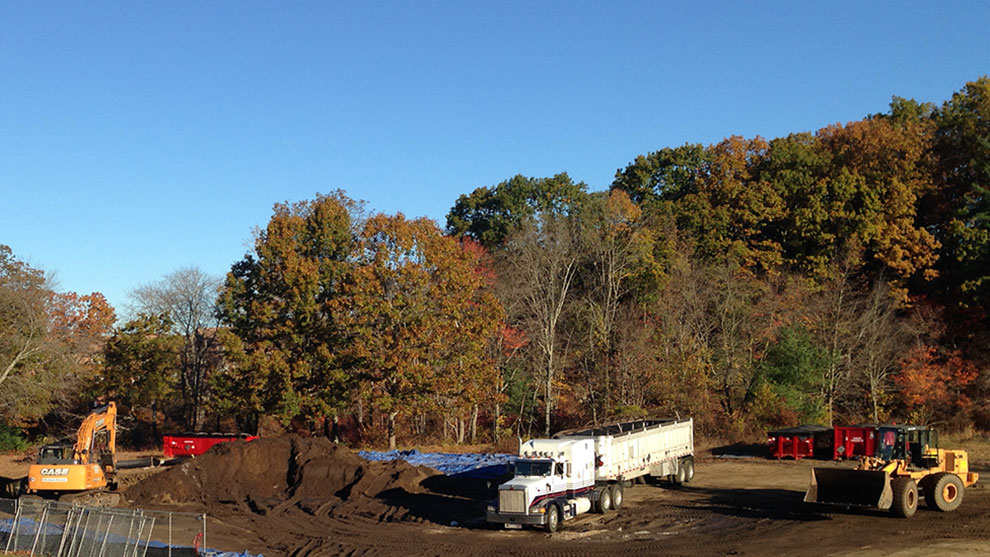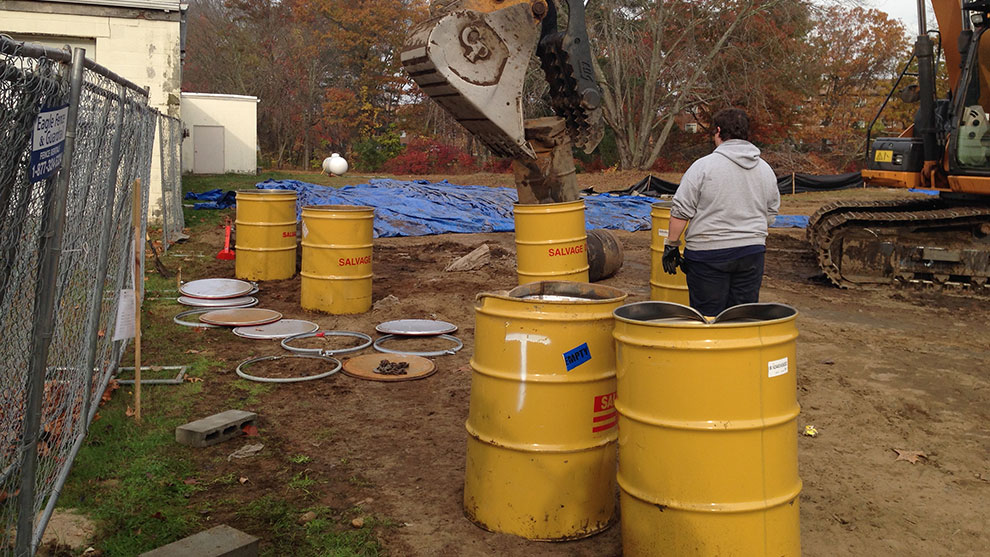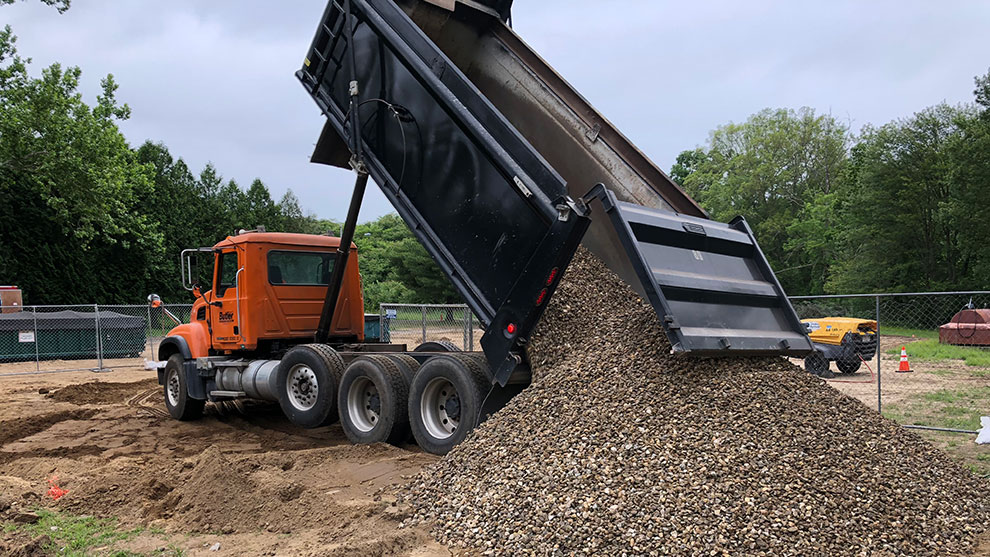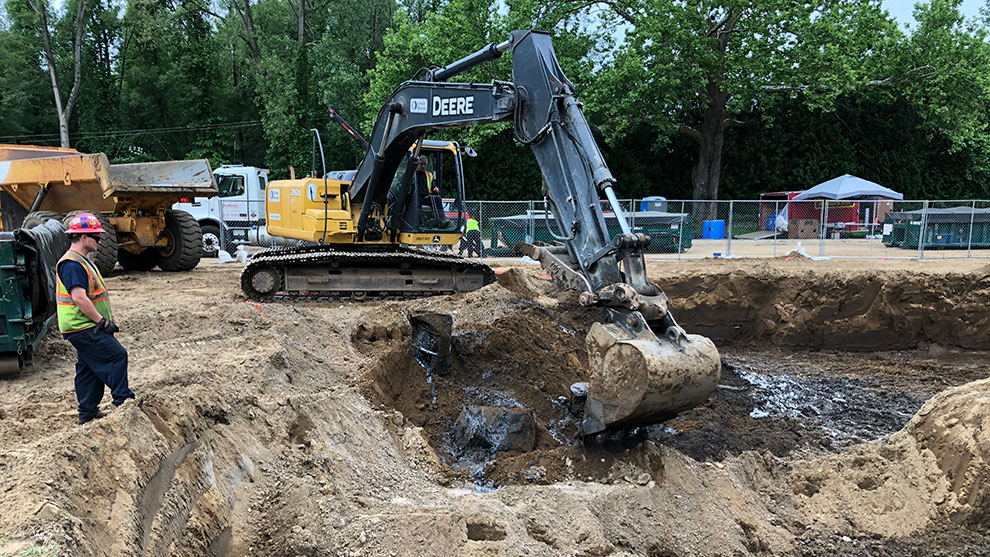Eastern Connecticut Fire School Emergency Response Waste Characterization and PFAS Investigation


Fuss & O’Neill was retained to investigate and address a historic drum disposal area at the Eastern Connecticut Fire School.
Ground-penetrating radar was used to quickly locate the area. A test pit program confirmed the presence of the drums and allowed us to establish that the majority of the drums were either full, or partially full, of liquid styrene, a toxic chemical used in the manufacture of plastics.
Within two weeks of the discovery, our design-build team developed a remedial plan and mobilized a remedial contractor to the site to address the condition. Although the waste was originally believed to be hazardous by the state and all involved, we were able to use our understanding of RCRA waste characterization to classify the soil as non-hazardous for disposal purposes. This determination greatly simplified reporting and waste disposal logistics and saved the State of Connecticut more than $1M in disposal costs.

Ultimately, 250+ drums of styrene and 3,700+ tons of highly contaminated soil were removed from the site.
Additionally, Fuss & O’Neill was retained to provide a variety of environmental services to redevelop a site into a state-of-the-art Fire Training School.

Fuss & O’Neill worked for a decade to remediate this site. We provided site assessment, hazardous material management, soil management, and design-build services for the implementation of remedial activities.

Based on a review of available information of the existing school, aqueous film-forming foam (AFFF) was reported to have been used on site, and two specific areas of concern were identified. Fuss & O’Neill provided environmental services related to a potential PFAS release from aqueous film-forming foam. Additionally, our team designed and implemented an investigation program to assess the nature and extent of impacts at these locations.
